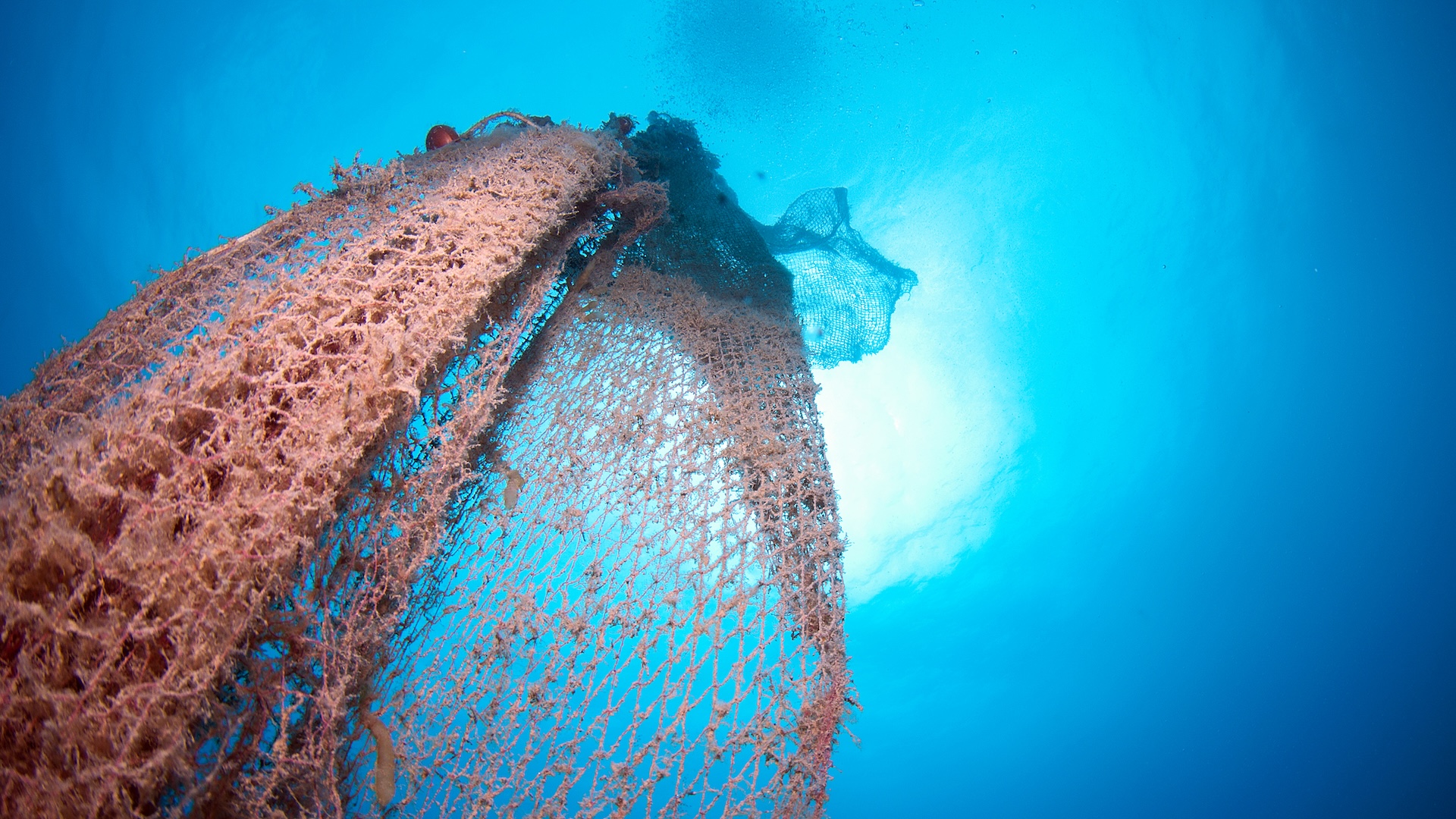
Every day, hundreds of thousands of intentionally placed floating objects drift through our ocean, each one a magnet for marine life. They’re known as fish aggregating devices (FADs), human-made objects designed and deployed by fishers to attract pelagic fish — primarily tuna, billfish, and dolphinfish (mahi-mahi) — and catch them in more concentrated numbers.
Pelagic fish, which live in the water column rather than the bottom or shore of the ocean, have a natural tendency to gather around floating objects like seaweed, logs, or other marine debris, where they may stay for days or even weeks. FADs exploit this behaviour to the fisher’s benefit.
But without proper detection and monitoring, FADs can do more harm than good.
Today, commercial FADs are equipped with satellite buoys, most also having sonar echo sounders, allowing vessels to track their location, estimate fish volume, and then time the harvest using seines, hooks, or vertical longlines for maximum efficiency and financial benefit. Made of artificial or natural materials, FADs may be anchored with ropes and lines to the sea floor (anchored FADs, or aFADs) or left to drift freely (drifting FADs, or dFADs).
Anchored FADs are fastened to the seabed and are revisited many times.
Industrial versions, common in the Indian and Pacific Oceans, are built from steel, aluminium, or fiberglass and often equipped with radar reflectors and solar-powered lights, then moored in deep offshore waters. Inshore versions may be constructed of simpler materials like cork, bottles, or polystyrene and used by both local artisanal fishers and larger commercial fishing companies.
These fixed anchored FADs comprised the majority of FADs in the ocean until the 1990s, when tuna fishing industry practices changed from targeting free-swimming schools to catching fish associated with floating objects.
Drifting FADs are released, historically with a radar or radio tracker but now with satellite trackers, and comprise large drifting rafts with ropes or netting extending up to 100 meters below the surface. They became more prevalent in the 1990s as part of the new fishing industry tactics mentioned above. Beginning in the early 2000s, many dFADs started including satellite-linked buoys for better remote tracking.
An estimated 1.41 million dFAD buoys were released between 2007 and 2021, drifting across roughly 134 million square kilometres (37%) of Earth’s ocean surface. With each industrial vessel managing hundreds of dFADs at a time, the cumulative footprint of these devices is vast and many go missing every year. Lost dFADs have stranded in 104 maritime jurisdictions, contributing to coastal pollution and damaging habitats. In the western and central Pacific, for example, only about 10% were recovered during the five-year period 2016–2020.
FADs can, at times, be a force for good. When unfished and deployed in marine protected areas (MPAs) like Palmyra Atoll, for example, FADs have been shown to help attract fish into safe waters — where they may then stay longer, live longer, and support a more thriving ecosystem.
But such benefits only scratch the surface of a much larger story. Across the world's oceans, most operate without effective oversight, creating a cascade of unintended consequences for marine life and the ecosystems they depend on.
FADs are designed to catch pelagic fish, but they also disrupt marine ecosystems in far-reaching ways.
Unfortunately, there are currently no standardised mitigation strategies to reduce FAD-related impacts on marine life. While there is growing interest in creating FADs from biodegradable material to reduce their physical footprint, real progress depends on deepening our understanding of the full scope of their impacts.
Understanding the full impact of FADs on marine life is challenging because these devices create multiple, interconnected problems that are difficult to observe and quantify. Once deployed, FADs can drift for months or years with only occasional checks, and many are lost or abandoned without ever being visited again — turning them into sources of both wildlife entanglement and persisting marine pollution. And with so few recovered, fleets often deploy even more, creating a cycle where there are always more at sea to lose.
Even with human observers on large purse seine vessels, entanglements at depth or distance are often missed. They may be short-lived and easily overlooked during the limited opportunities for human observation. According to the Inter-American Tropical Tuna Commission (ITCC), these factors make monitoring negative impacts incredibly difficult.
Meanwhile, the degradation of FADs into marine litter happens gradually and in remote areas, making it nearly impossible to track how abandoned gear affects sensitive habitats like coral reefs and seagrass beds. This combination of observational limitations and the long-term dispersal of FAD components means we're likely seeing only a fraction of the total effects on marine ecosystems and the animals that depend on them.
Tracking FAD use is challenging, but new tools and partnerships are opening the door to smarter, more sustainable management.
Ultimately, reliable, independent data is the key to reducing risks and managing FAD use more responsibly. With better tools and stronger collaboration, we can turn insight into action and safeguard a healthier, more sustainable future for our ocean.
hero image: iStock / veliferum